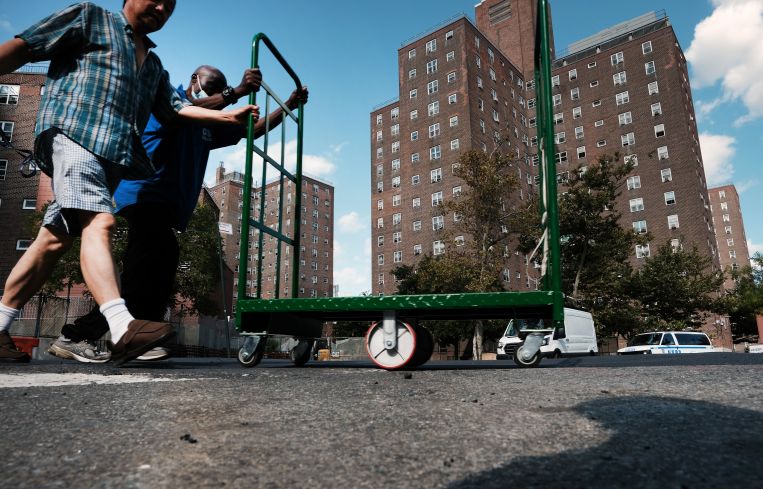NYC Owns a Greatly Underused Asset for Fixing Its Public Housing
By Robert Knakal May 22, 2023 10:23 am
reprints
I read with great interest a New York Post editorial this weekend entitled “NYCHA Doomsday.”
The piece referenced information from a new Citizens Budget Commission report that warned ”NYCHA is broke — and getting broker.” The CBC states that “decades of deferred maintenance, insufficient capital investment and inadequate management” has led to deteriorating conditions within the New York City Housing Authority system both physically and financially. During the pandemic, rent collections within the portfolio of our public housing have apparently dropped from 90 percent pre-COVID to just 63 percent this last February.
There have been many stories written about the substandard quality of the public housing stock and New York City’s inability to keep up with deferred maintenance. According to the Post’s article, in 2014 the operating deficit was about $158 million; in 2022, it was $789 million.

NYCHA currently operates about 130,000 units of housing. Less than ideal living conditions, operating losses and insufficient capital on hand to address deferred maintenance puts the public housing stock in a position where something needs to be done, and done quickly.
As you may know, during the pandemic I took the opportunity to drive and walk every block of Manhattan south of 96th Street on the East Side and south of 110th Street on the West Side. Perhaps the most impactful impression on me was the massive amount of city-owned land hosting public housing. There are dozens and dozens of acres of land owned by the city on which a small fraction of the people who could be living there actually are living there. Lot coverage in public housing projects I estimate to be about 15 percent of the land, while private sector developments’ lot coverage is more like 70 percent.
Given this tremendous asset that the city has, there is a seemingly easy solution that could provide several benefits to the city and its residents. They include a better quality of life to folks living in this housing, the creation of more desperately needed housing units to accommodate more people, the addition of a sizable portion of this land on the tax rolls, thousands of new jobs to construct these new units, and at the same time having no need to displace anyone other than having them move a few yards away into a brand-new building.
Here’s how it can work. On a superblock that may be 4 acres in size with four smaller, older buildings on it, a new building can be constructed on a vacant portion of the land to house all of the people living in the four smaller buildings. Residents can be moved into a brand-new unit next door having the same square footage and paying the same rent. Is that an adversarial outcome?
The older dilapidated buildings can be demolished and that land can be monetized in a number of ways. Some of it can be ground-leased to the private sector to create mixed-use developments with a significant affordable housing component, and some of the land can be sold off to provide much-needed capital for other areas where spending is required. This would get those parcels on the real estate tax rolls, producing much-needed tax revenue. On a site where a few hundred people currently reside, a few thousand could be accommodated.
Simultaneously, the number of well-paying construction jobs would go up significantly. This seems like such a common sense solution to several problems. The city would get much-needed affordable housing, jobs would be created, it would be economically stimulative, and our real estate tax revenue would increase substantially. Is there a downside in any of these things? Why has it not been done, and what can we do to help make this happen?
Robert Knakal is the head of the New York private capital group at JLL.


